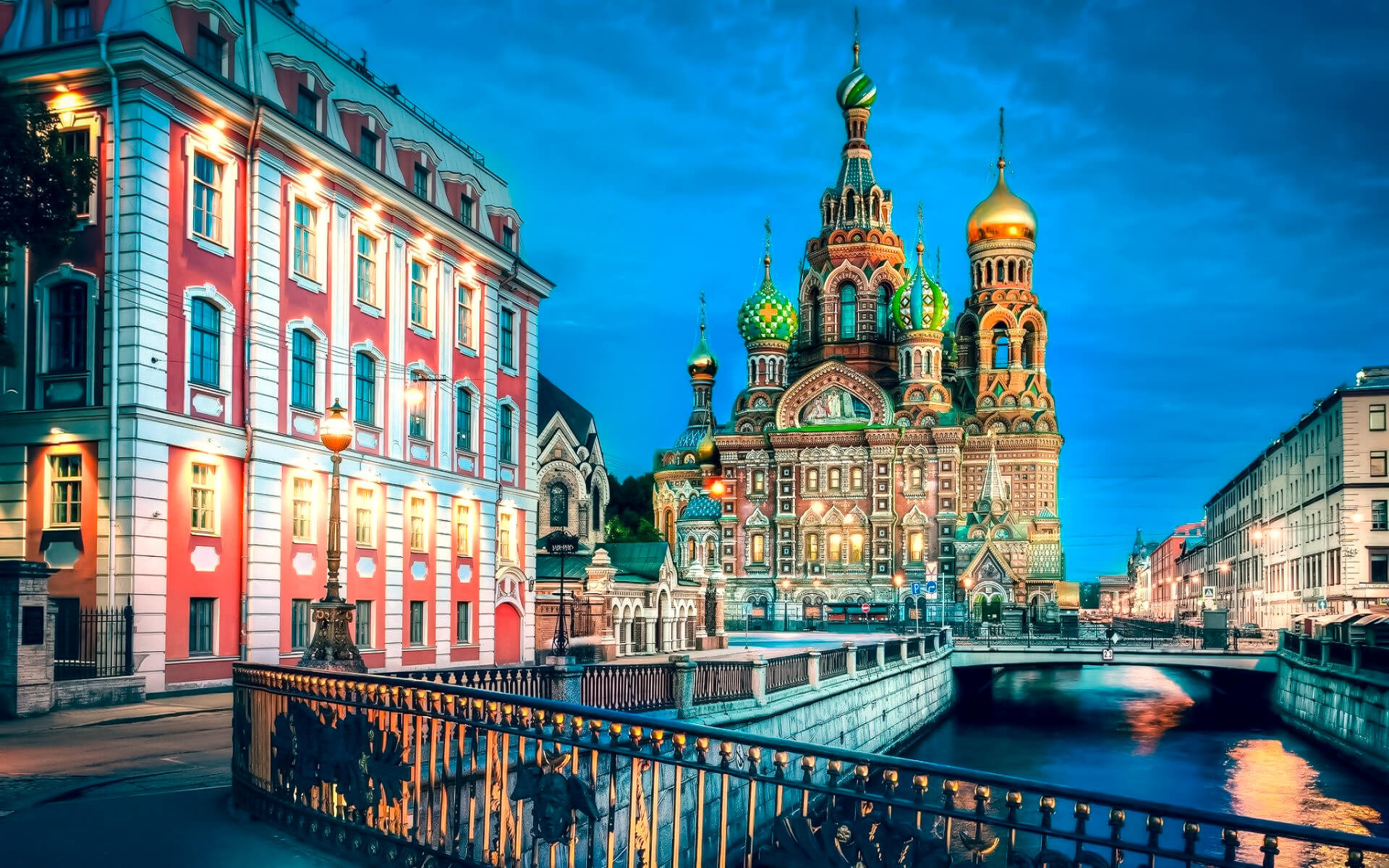Petersburg is Russia’s major trade gateway, financial and industrial center, specializing in oil and gas trade, shipbuilding yards, aerospace industry, radio and electronics, software and computers; machine building, heavy machinery and transport, including tanks and other military equipment, mining, instrument manufacture, ferrous and nonferrous metallurgy (production of aluminum alloys), chemicals, pharmaceuticals, medical equipment, publishing and printing, food agrochemicals, food agrochemicals, food agrochemicals, food agro Lessner, one of Russia’s two pioneering vehicle manufacturers (together with Russo-Baltic), Lessner; established in 1904 by machine tool and boiler maker G. A. Lessner, with designs by Boris Loutsky, it existed until 1910.
The LMZ produces 10% of the world’s power turbines, having manufactured over 2,000 turbines for power plants across the globe. Admiralty Shipyard, Baltic Shipyard, LOMO, Kirov Plant, Elektrosila, Izhorskiye Zavody, and other prominent Russian and foreign firms are registered in Saint Petersburg, as are Sovkomflot, Petersburg Fuel Company, and SIBUR.
Bolshoi Port Saint Petersburg, Kronstadt, and Lomonosov are the three major freight seaports in Saint Petersburg. International cruise ships have docked at Morskoy Vokzal, a passenger port on Vasilyevsky Island’s south-west coast. The first two berths of the New Passenger Port on the west coast of the island were inaugurated in 2008. The new port is part of the city’s “Marine Facade” development project, and it is scheduled to open with seven berths by 2010.
Saint Petersburg is linked to the rest of Russia via a complex system of riverports on both sides of the Neva river, making it the principal connection between the Baltic Sea and the rest of Russia through the Volga-Baltic Waterway.
The Saint Petersburg Mint (Monetny Dvor), established in 1724, is one of the world’s biggest mints, producing Russian coins, medals, and badges. Saint Petersburg is also home to Monumentskulptura, Russia’s oldest and biggest foundry, which produced hundreds of sculptures and statues that can today be seen in public parks around the city and many other places. There are monuments and bronze statues of the Tsars, as well as other notable historical personalities and dignitaries, as well as other world-famous monuments, such as sculptures by Peter Clodt von Jürgensburg, Paolo Troubetzkoy, Pavel Antokolsky, and others.
Toyota established a Camry facility in Shushary, one of Saint Petersburg’s southern suburbs, in 2007, after spending 5 billion roubles (about $200 million). Opel, Hyundai, and Nissan have also made agreements with the Russian government to construct car facilities in Saint Petersburg. During the previous decade, there has been considerable increase in the automotive and auto-parts business.
Saint Petersburg is home to a sizable brewery and distillery sector. Due to the supply and quality of local water, it is known as Russia’s “beer capital,” accounting for more than 30 percent of domestic beer production through its five large-scale breweries, which include Europe’s second largest brewery Baltika, Vena (both operated by BBH), Heineken Brewery, Stepan Razin (both operated by Heineken), and Tinkoff brewery (SUN-InBev).
The city is home to a plethora of local distilleries that manufacture a diverse variety of vodka brands. LIVIZ is the oldest (founded in 1897). Among the most recent is Russian Standard Vodka, which debuted in Moscow in 1998 and established a new $60 million distillery near Petersburg in 2006 (30,000 m2 (320,000 sq ft) with a production capacity of 22,500 bottles per hour). This brand was distributed to approximately 70 countries in 2007.
Saint Petersburg has Russia’s second biggest construction sector, which includes commercial, residential, and road building.
Saint Petersburg’s municipal budget was 179.9 billion rubles (about 6.651 billion US dollars at 2006 exchange rates) in 2006, and it is expected to quadruple by 2012. The federal subject’s gross regional product in 2005 was 667.905 billion Russian rubles (about 23.611 billion US$ at 2005 exchange rates), ranking fourth in Russia after Moscow, Tyumen Oblast, and Moscow Oblast, or 145,503.3 rubles per capita (about 5,143.6 US$ at 2005 exchange rates), ranking 12th among Russia’s federal subjects, with wholesale and retail trade and repair services (24.7 percent) and processing industry (20.9 percent) contributing the most (15.1 percent ).
The city’s budget receipts in 2009 were 294.3 billion rubles (about 10.044 billion US dollars at 2009 exchange rates), while spending totaled 336.3 billion rubles (approximately 11.477 billion US dollars at 2009 conversion rates). The budget deficit was around 42 billion rubles. (about 1.433 billion US dollars at 2009 exchange rates)


